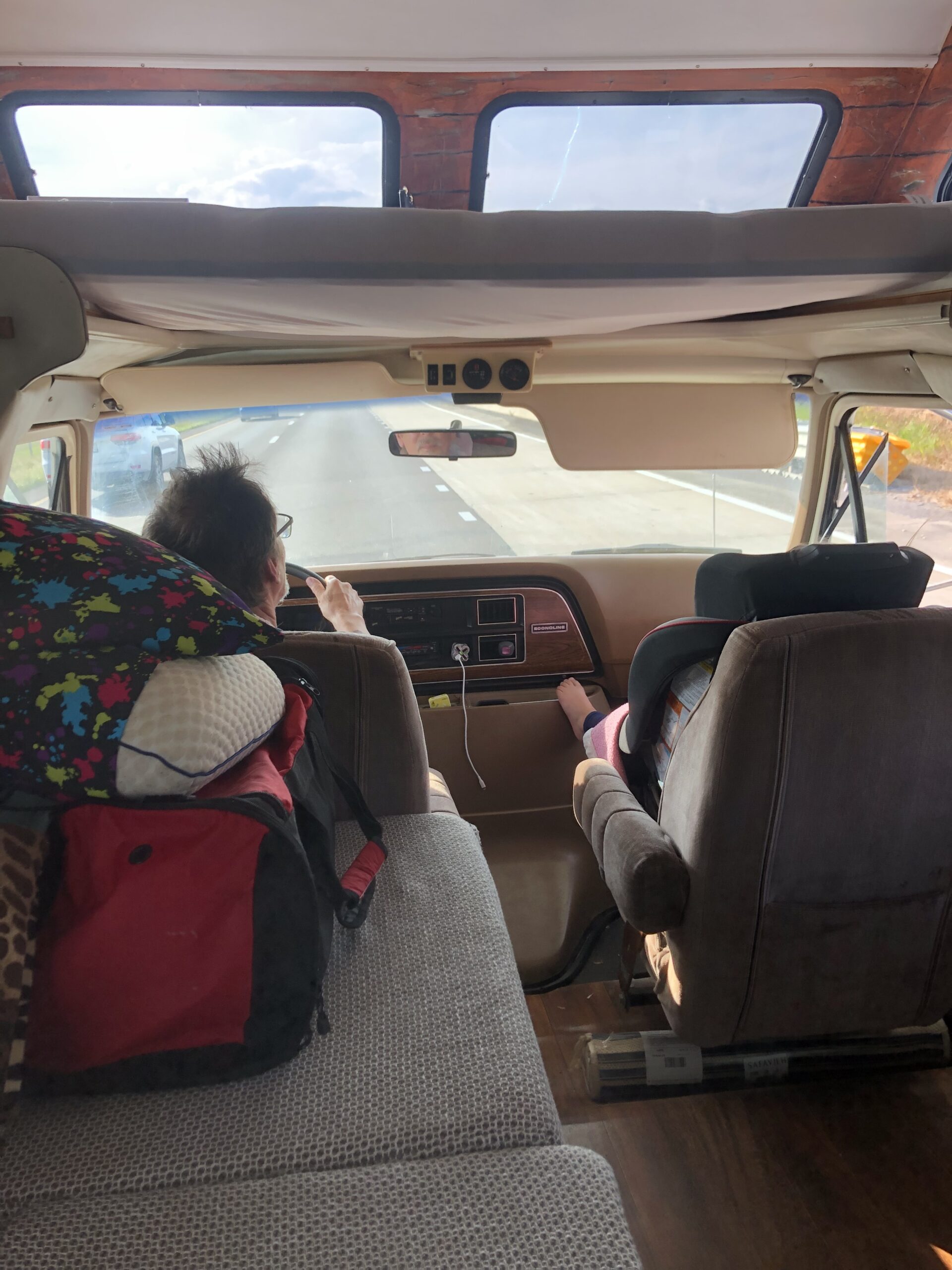What a beautiful drive it is going up and over the Rockies as the leaves are starting to change. Coming home from a week in Moab enjoying all the sights in the area and the views were spectacular. All of a sudden the anxiety sets in as our RV gas gauge hits a quarter of a tank and we notice nothing but high gas prices at every exit. I knew I should have stopped back in Topeka when I saw fuel for $3.98, but now there is nothing under $5.00. Should I push it to the state line where we saw those cheap prices on the way out? Do you think we can make it that far? Ever wish you knew how to get better gas mileage from your RV?
We have all been in this situation and hopefully, we have all learned this is part of life on the road in an RV. There are some things you can do to get you down the road a little farther on that tank of petroleum. So, let’s discover a few ways how to get better gas mileage from your RV.
How can I get better gas mileage in my RV?
You can improve your RV gas mileage by choosing a smaller rig, keeping up with your RV maintenance schedule, modifying the way you drive, and planning wise travel routes ahead of time.
It is also important to remember that the gross vehicle weight of your RV, supplies and towable toys has the potential to greatly impact your RV gas or fuel mileage.
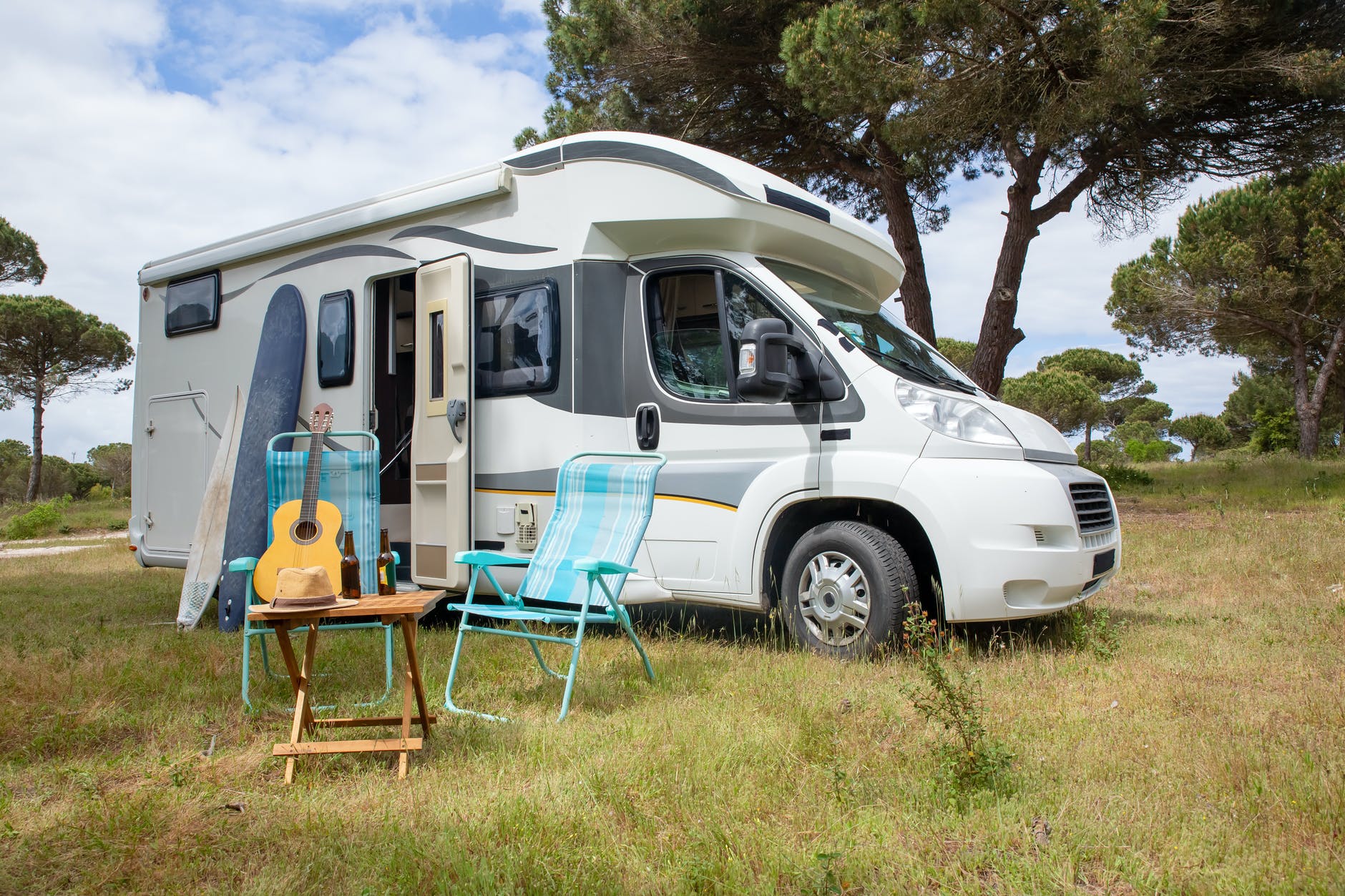
What is the average gas mileage for an RV?
The typical mileage RVers travel on our highways is about 5,000 – 7,000 miles a year on average. If you are one of the lucky ones traveling full-time in your RV you can expect those miles to go up, in some cases almost double. Manufacturers claim that their RVs get anywhere from 7-20 miles per gallon. We all know that is a little high, but either way, you do the math.
Life on the road is expensive when we talk about how much fuel our RVs guzzle down. Using the above numbers for an average traveler going 6000 miles in a year with the hard-to-believe 15 mpg average @ $3.50 a gal, you can expect to pay $1400. From my experience, I think it will be much more than this to travel around for a year.
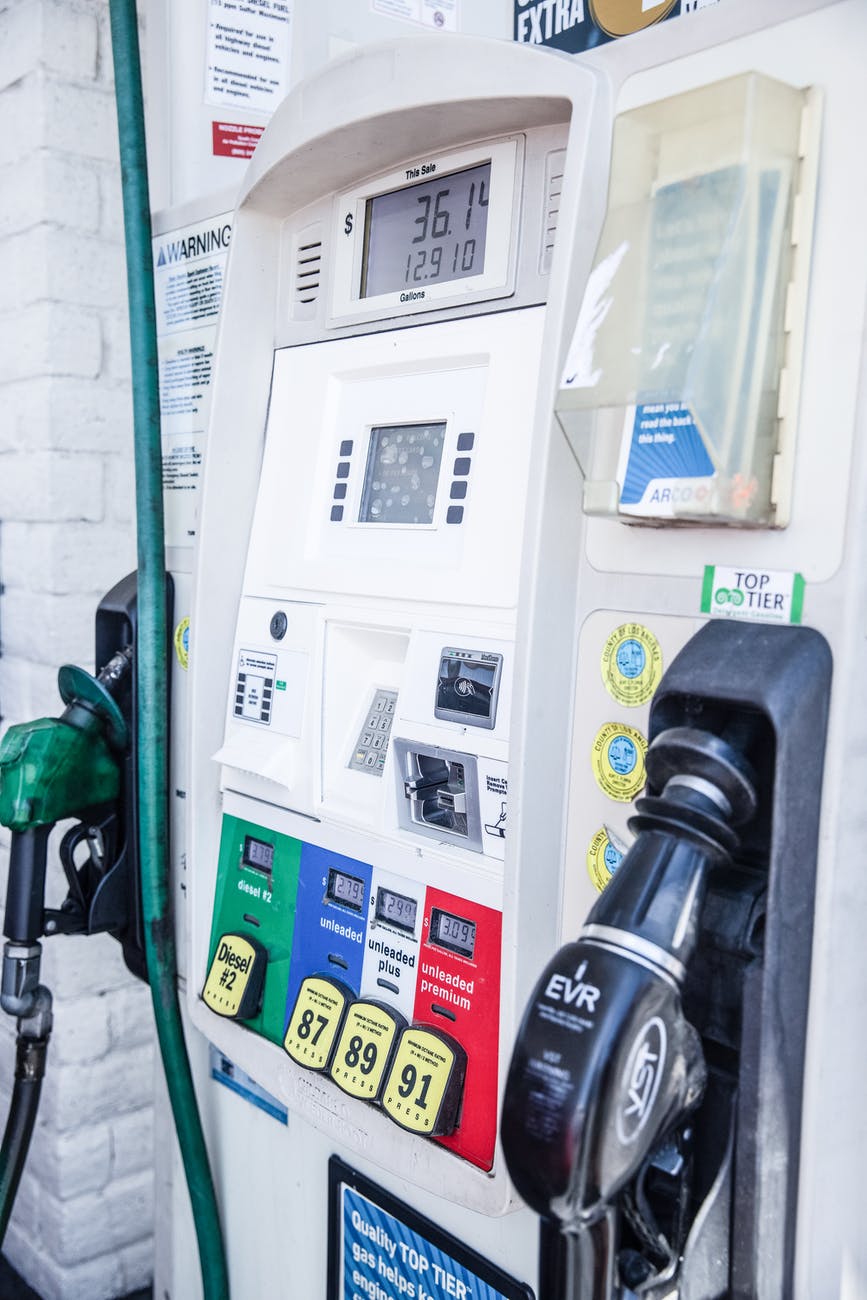
How can I figure out how much gas it will cost to take a trip?
The first thing you need to know is the gas mileage your RV gets. Once you have this figured out you can map out your trips and make a pretty educated guess on how much you will be spending on gas alone for your journey.
How to calculate the gas mileage of your vehicle
- Fill your fuel tank (to the pump cutoff level)
- Reset the trip odometer
- Drive until the fuel is required
- Fill the tank again (to the pump cutoff level)
- Make a note of the number of gallons used to re-fill and the miles on the trip counter
- Reset trip odometer
- Use the formula below to calculate mpg using your numbers
- Repeat this four or five times to give you a good average
The formula to calculate gas mileage: Miles drove ÷ gallons used to refill the tank.
Take the miles traveled (from the trip odometer), and divide that by the number of gallons used to refill the tank.
For example, the trip shows 200 miles since you last filled up, and it took 15 gallons to refill the tank.
200÷15=13.34 which results in 13mpg.
Now that you have a good idea of what your RV gas mileage is
Once you have your RV gas mileage figured out we can see how much we will spend on gas when planning our trips.
- Find out how many miles you can travel on a full tank:
Miles per gallon x gas tank size = how many miles you can drive
2. Calculate the cost of filling up your gas tank:
Gas tank size x cost of gas
3. Compare the miles to your destination to the miles you can drive on a full tank:
Add or subtract against the cost of filling your tank accordingly.
Example
Here is a quick idea of what a possible trip will cost in gas alone. (we will keep the numbers round for this example)
You drive a class C with 10 mpg and a 50-gallon gas tank. Therefore, you can drive 500 miles on a full tank which costs you $200 dollars to fill up at $4 a gallon. You want to take a trip from St. Louis, MO to Moab, UT driving about 1200 miles.
Divide the 1200 total miles by the 500 miles you can get from one tank of gas and you will need 2.4 tanks of gas to arrive at your destination.
Multiply the 2.4 tanks of gas by the $200 it cost for one tank full and you get a total cost of $480 for a one-way trip to Moab.
So, you can now easily figure out gas costs, as long as you know how far you will be traveling.

Which is better, a Gas or Diesel RV?
Fuel Efficiency or lack of
When comparing a diesel vs. gas motorhome, rest assured diesel is the best option when talking about fuel efficiency in an RV. Diesel motorhomes have the ability to convert nearly half of their fuel energy into mechanical energy, which ensures longer life and better handling.
Its higher energy density means that diesel fuel can offer up to 10 percent better fuel economy by volume. This really depends on prices as they flip-flop back and forth fighting for the title of most expensive fuel type.
So, for fuel efficiency alone, diesel motors take the title.
What is the most fuel-efficient RV?
Size matters!
The ever-popular Class B motorhome tops the list for the most fuel-efficient RV, mostly due to its size and weight. Class C is next on the list for fuel consumption, followed closely behind by the Class A motorhome. As you can see, when you go up in length and weight it will cost you at the pump. So YES, size does matter when it comes to finding the most fuel-efficient RV to travel this country in.
Fuel efficiency is an important factor when deciding which RV fits your needs and traveling style. You need to choose an RV by how you are planning to use it, will you be in it all afternoon relaxing or is it just a base after a long day exploring?
Class A
- Thor Palazzo 7-13 mpg


- Newmar Dutch Star 8-11 mpg
Class C
- Winnebago Navion 18-20 mpg
- Thor Tiburon Sprinter 20-29 mpg
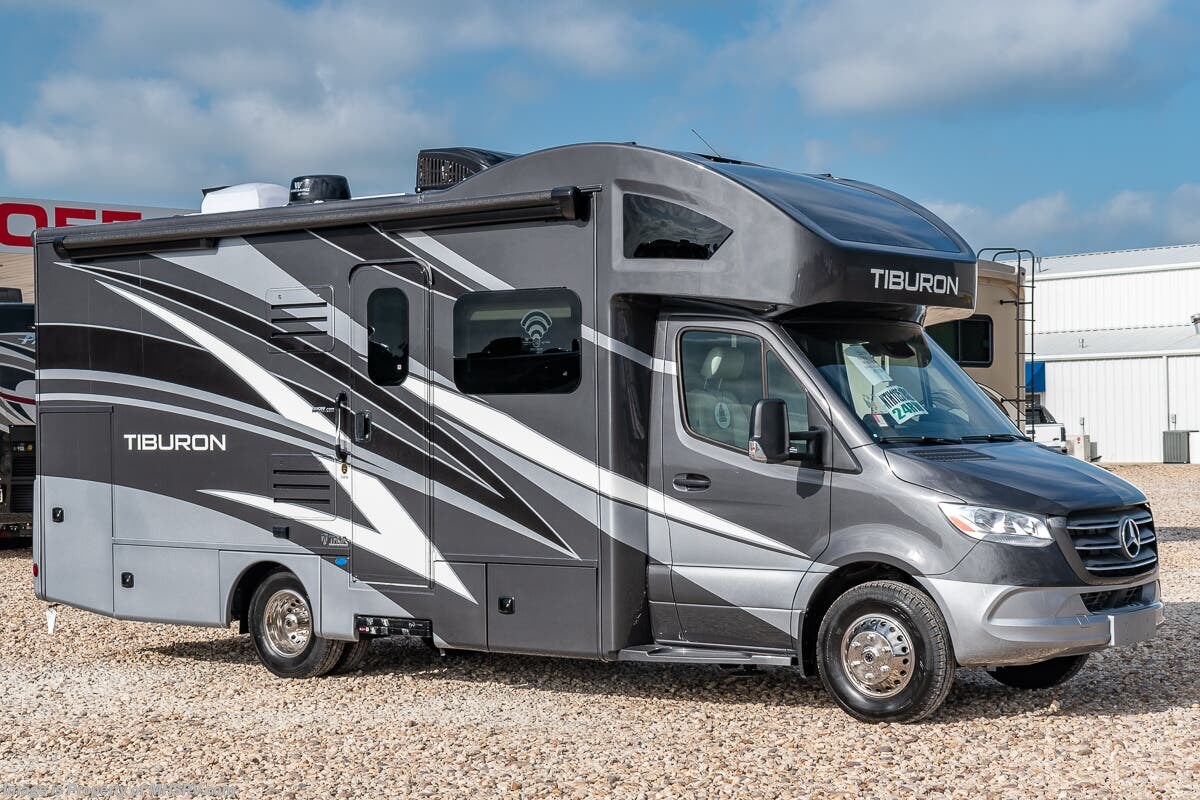
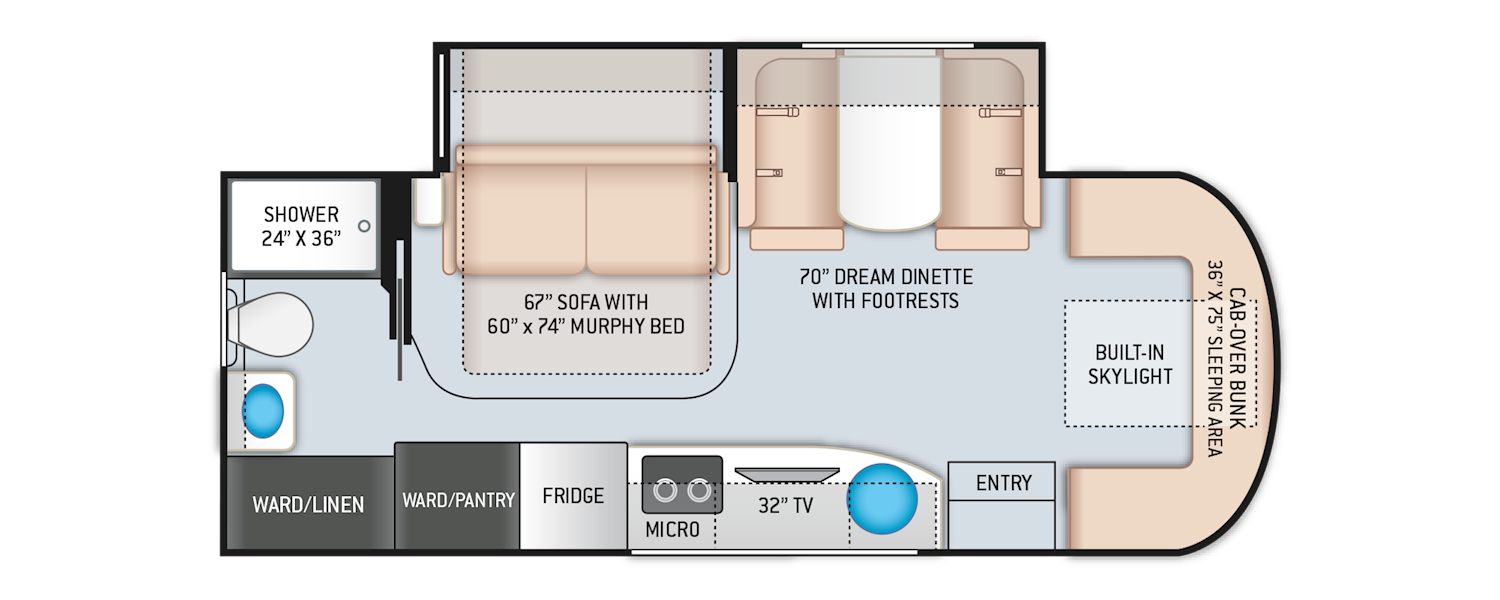
- Winnebago View 15-17 mpg
Class B
- Roadtrek Sprinter RS Adventurous 18-24 mpg
- Roadtrek SS Agile 19-25 mpg
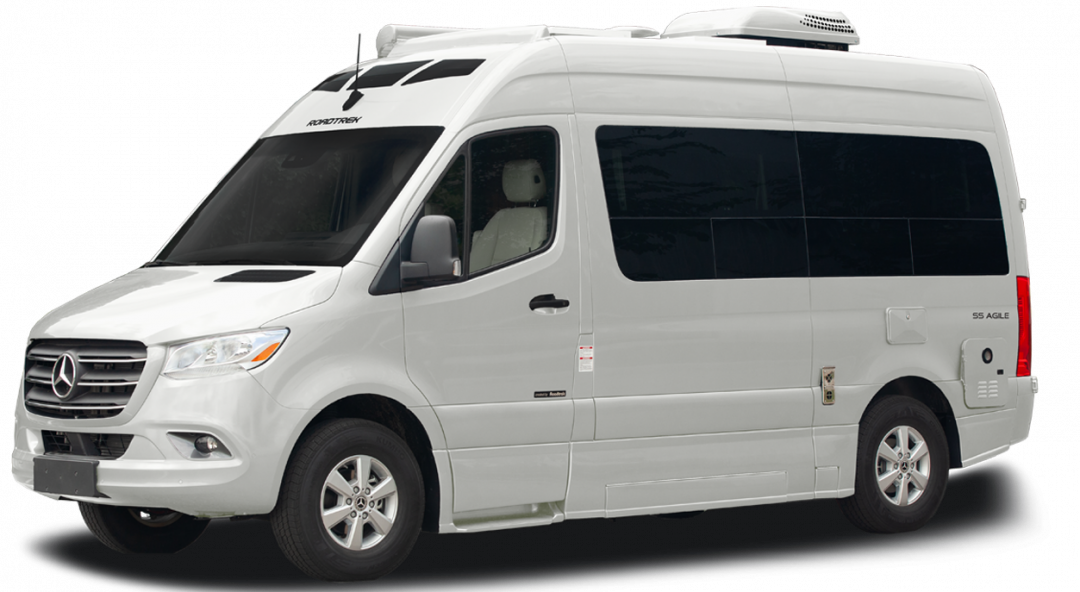
- Winnebago Travato 59G 18-20 mpg
5 Tips for improving your RV fuel efficiency
1. Regular maintenance schedule
Gas mileage is only one reason to get on a good service schedule, another is to keep you from being stranded alongside the road. So, take the steps to make sure the below items are on your regular maintenance schedule.
- Engine Tune-up
- Tire pressure check each time heading out
- Vehicle Alignments
- Check shocks and springs
2. Be aware of how you are driving
Remember you are not driving the car to the grocery store for a loaf of bread.
- Quickstarts and stops will zap your fuel
- Use cruise control when you are on long-level roadways
- Try not to idle for long periods
- Stay clear of traffic jams whenever possible
3. Avoid running AC when possible, as this can decrease fuel efficiency by 5-20%
- If AC is used, make sure the filter is cleaned often
- Try leaving vents open for airflow instead of using AC
4. Plan your routes, not only for heavy traffic but for the best gas prices
- Use a good GPS to plan routes ahead
- Gas App – Here are some good apps for many on-the-road needs
5. Know your RV weight and do not tow more or overload your unit
- Leave unnecessary items at home if applicable
- An RV is already not aerodynamic, so avoid adding any extra drag with racks and supplies
How to get better gas mileage from your RV




